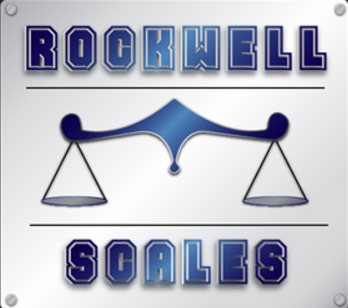Measuring Gas and Oil with Industrial Scales in Montana
May 18, 2018 8:21 pm Leave your thoughtsIf you’re going to be paid for your sales of oil and gas, you need to make sure you have accurate measurements. Of course, this accuracy doesn’t just benefit the seller—it benefits the buyer, as well.
Consider this: on an average day in the United States, about $500 million of gas and oil is produced from wells in Texas, Oklahoma and elsewhere. That’s $85 million paid out every single day to royalty owners. Measurements being slightly off might not mean that much on first thought, but even slight deviations from accurate measurements in either direction can mean hundreds of thousands to millions of dollars lost overall by either sellers or buyers.
Thanks to advances in technology, measuring oil accurately has become easier than ever with the use of industrial scales in Montana.
Natural gas and crude oil are both measured before they leave the well site in accordance with federal law. Royalty shares are calculated based on gross volume, which is measured in this process. In the industry, it is customary for the operator to verify measurements taken by the first purchaser through a check meter, or by double-checking all oil storage tank levels.
Measuring crude oil
“Crude” oil is the oil that comes from the earth in an entirely raw form—this means it likely contains impurities such as saltwater and debris. The unit of measurement used for crude oil is BBL—a single BBL is 42 gallons.
Accurately measuring crude oil involves the removal of sediment and free water with equipment such as a separator (there are multiple types of separators). After this step, the oil can be measured in one of two ways.
For smaller volumes, the oil will flow into an atmospheric storage tank, where it is kept until there is enough oil to make a “run,” which involves removing that oil and taking it elsewhere to be treated. Once the run has been made, you can do a shake-out test, in which you take a sample of the oil, place it in a centrifuge and separate impurities. The results of this process help you to reach the final volume measurement.
For larger volumes, the oil flows through a LACT unit, which allows for automatic measurement, sampling and transferring of the oil into a pipeline.
Measuring natural gas
Natural gas is measured with the MCF, which is 1,000 cubic feet. The majority of wells that produce natural gas measure it with an orifice-style meter, which does not have any moving parts, allowing for easy field service. As the gas passes across the orifice plate, its differential pressure is measured and recorded, creating a drop in pressure that allows you to calculate the volume of gas passing through the area.
For more information about how industrial scales in Montana and elsewhere are used to measure crude oil and natural gas and why this is so important, we encourage you to contact our team of experts at Rockwell Scales today. We look forward to working with you!
Categorised in: Industrial Scales
This post was written by Writer
